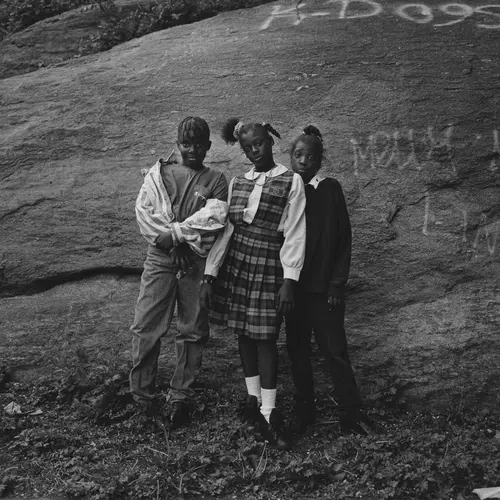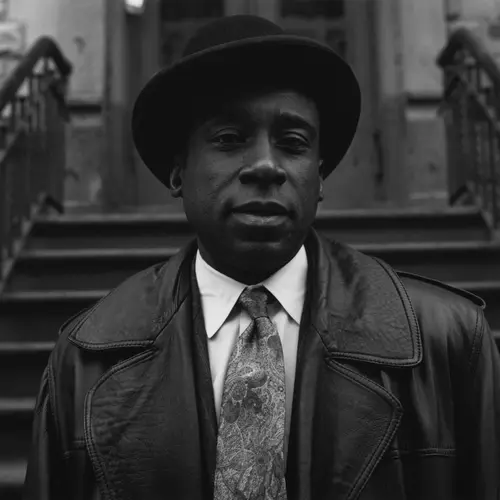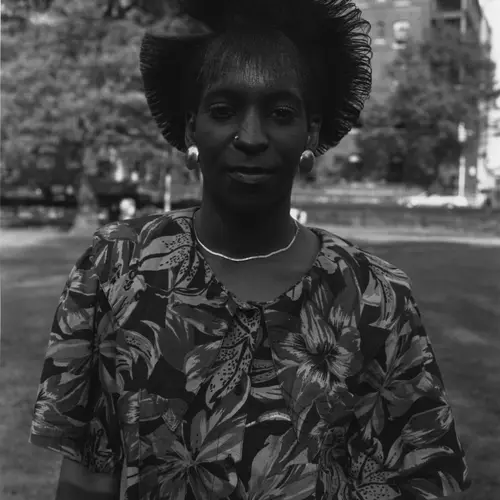The Urban Lens: ‘Once in Harlem’ is a portrait of ’90s New York City

6sqft’s series The Urban Lens invites photographers to share work exploring a theme or a place within New York City. In this installment, Katsu Naito shares his 1990s portraits from Harlem. Are you a photographer who’d like to see your work featured on The Urban Lens? Get in touch with us at tips@6sqft.com.
In 1983, when Katsu Naito immigrated to America at the age of 18, he spoke barely any English. Growing up in Maebashi, a small city about 90 miles north of Tokyo, he had never heard of Harlem before moving to New York but was drawn to the energy of the neighborhood, quickly realizing he wanted to document it with his camera. Now, more three decades since he first fell in love with Harlem, Naito’s photos of the ‘nabe’s residents in the early to mid-‘90ss are being published in a book and unintentional time capsule titled “Once in Harlem,” out now from TBW Books. 6sqft chatted with Naito about his journey and what makes Harlem so special to him, and he shared a collection of his amazing images.

“In the ‘80s, I used to live in the Upper West Side – 94th and Broadway,” Naito recalled to 6sqft. “It took some time for me to walk up to Harlem,” but then, “something just struck my heart, walking there.” He felt, “uncomfortable, but at the same it felt very comfortable. “The sidewalks are wider than other places in New York,” he added.
Naito understood immediately, though, that he was an outsider, and in order to carry his camera unexposed – what he referred to as his “ultimate goal” – and earn locals’ respect, he would need to move to Harlem. So, in 1988, he did.
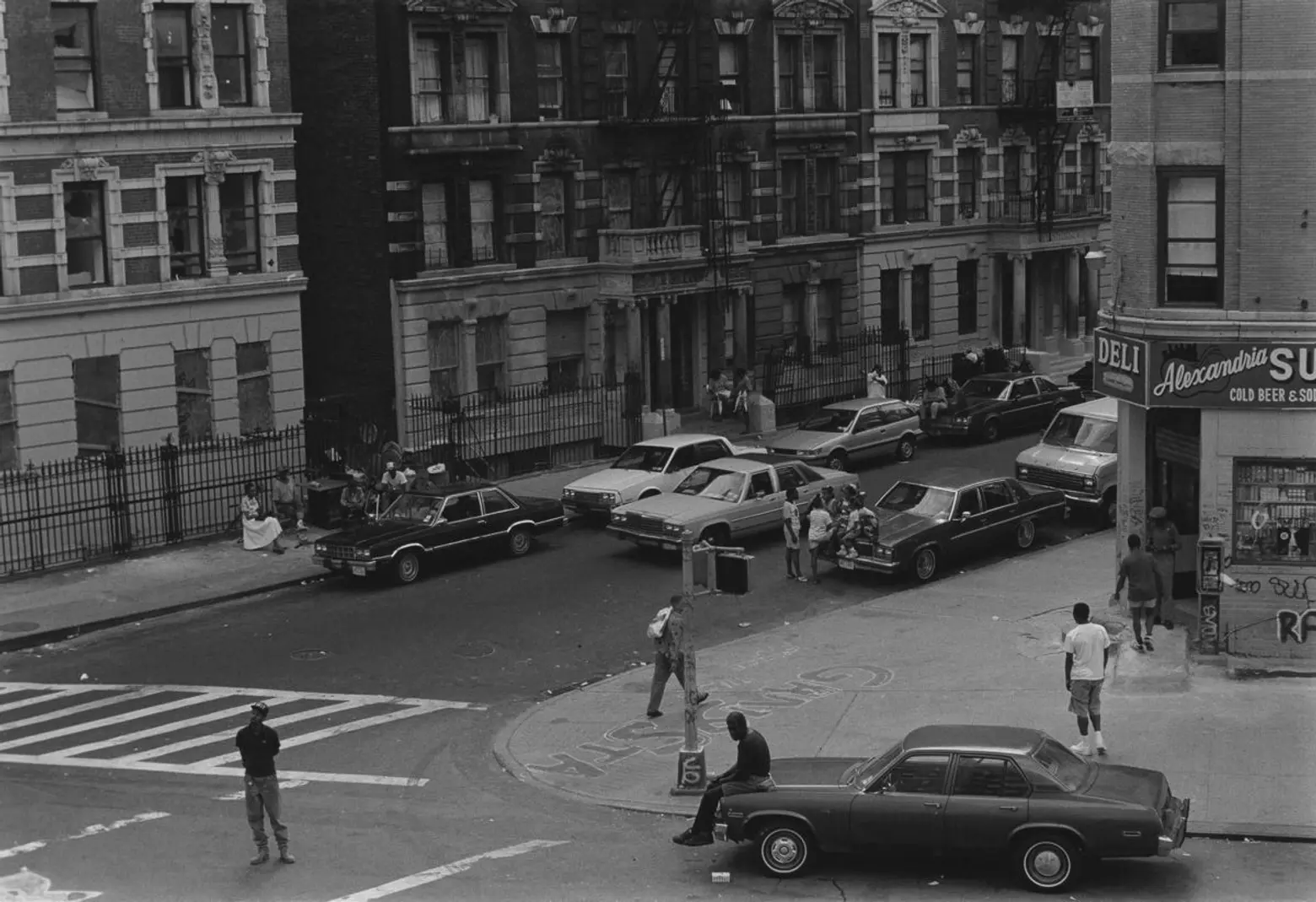
He lived on 112th Street and St. Nicholas Avenue, and he took his time before coming out to the neighborhood as a photographer. “To do something like that in Harlem, it took some time, it wasn’t easily welcomed because I’m Japanese.”

While he met some initial resistance – “In the beginning, they were uncomfortable,” – eventually he earned his neighbors’ respect. “I think, in the end, they were happy.”
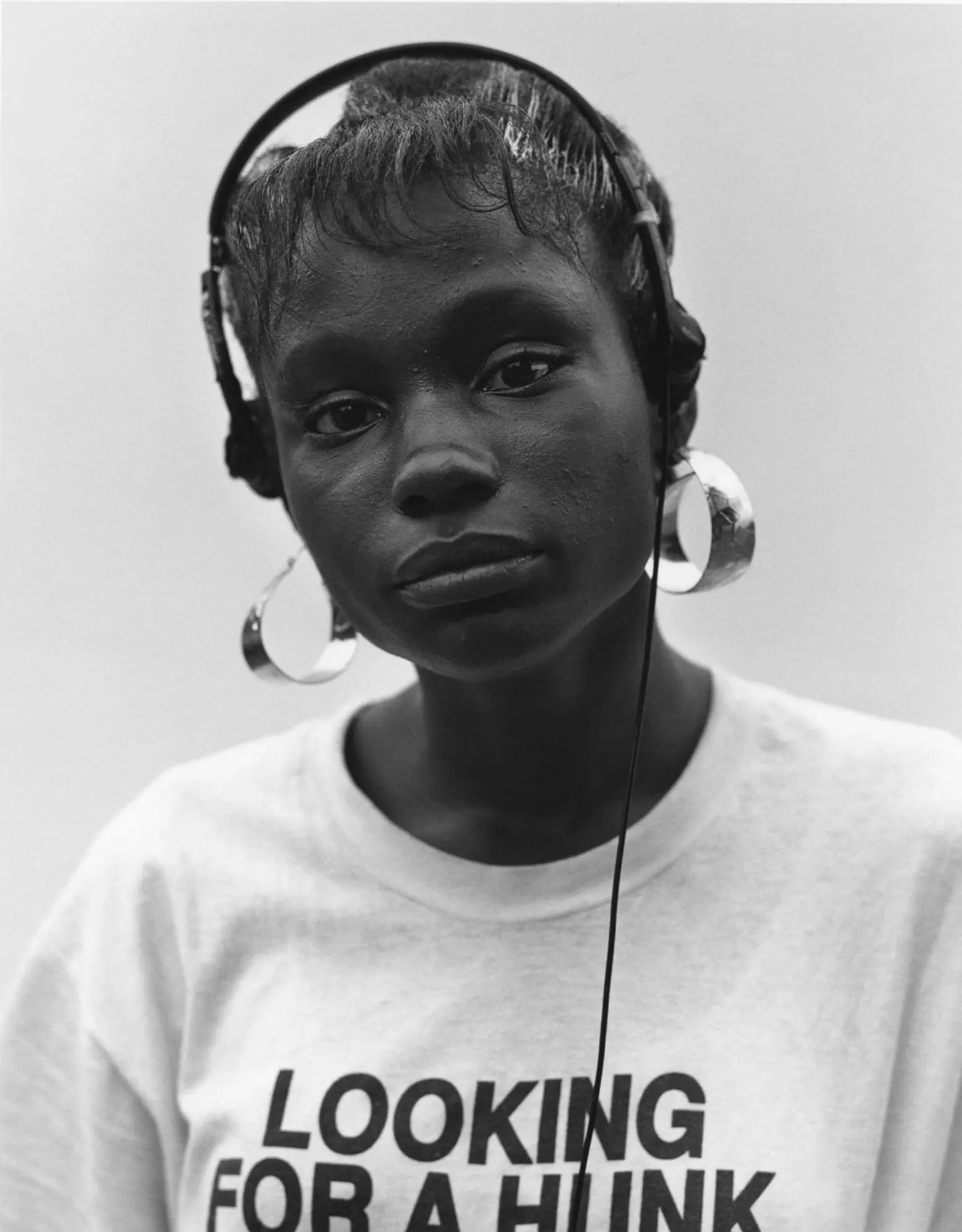
“People are so nice, once you break the ice,” he said of his experience photographing his subjects, many of whom he gave a print of their photo.

About the same time that Naito photographed his neighbors in Harlem, he also shot a series of sex workers in the Meatpacking District called “West Side Rendezvous.” While that series’ subjects are far darker than those of “Once in Harlem,” the derelict backdrops are clearly of the same New York, and the direct way Naito shoots his subjects is nearly identical.

The delay in the Harlem photos’ release came in large part from Naito’s dedication to their publication. It wasn’t until about three or four years ago that he landed on the right direction to print them; before that, he’d been dissatisfied with years of test prints, unable to express what he wanted to produce.

Today, Naito still lives in East Harlem, and while he acknowledges that the “background is different,” he finds that the neighborhood is just as photogenic as it was when he shot “Once in Harlem” so many years ago.

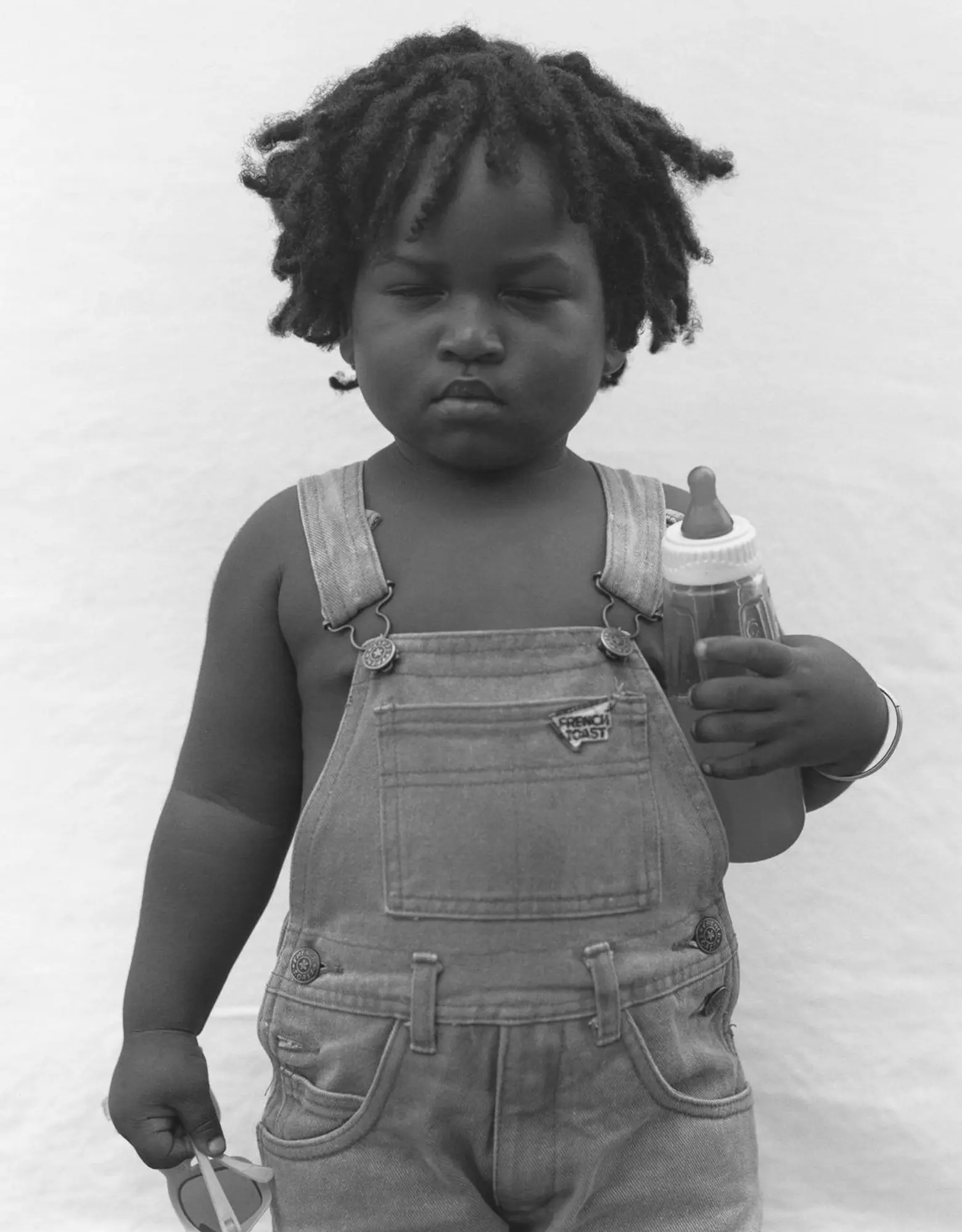
It goes without saying, of course, that despite Naito’s continued love for Harlem, the neighborhood has changed impossibly since he first fell for the place. Everything from the car models to the walk signs, the boomboxes to the baby bottles, the hairdos and the rent prices, is different today. The title of the book captures its magic for conveying the charms and children, the scars and streetlights, of a sealed off era which was once, but now, is gone.
Instagram: @katsunaitophoto
Website: katsunaito.com
RELATED:
- The Urban Lens: Ash Thayer’s poignant photographs of ’90s Lower East Side squatters
- The Urban Lens: Travel back to the gritty Meatpacking District of the ’80s and ’90s
- The Urban Lens: Ira Fox travels back to the ’90s for the East Village’s Wigstock drag festival
All photographs © Katsu Naito
